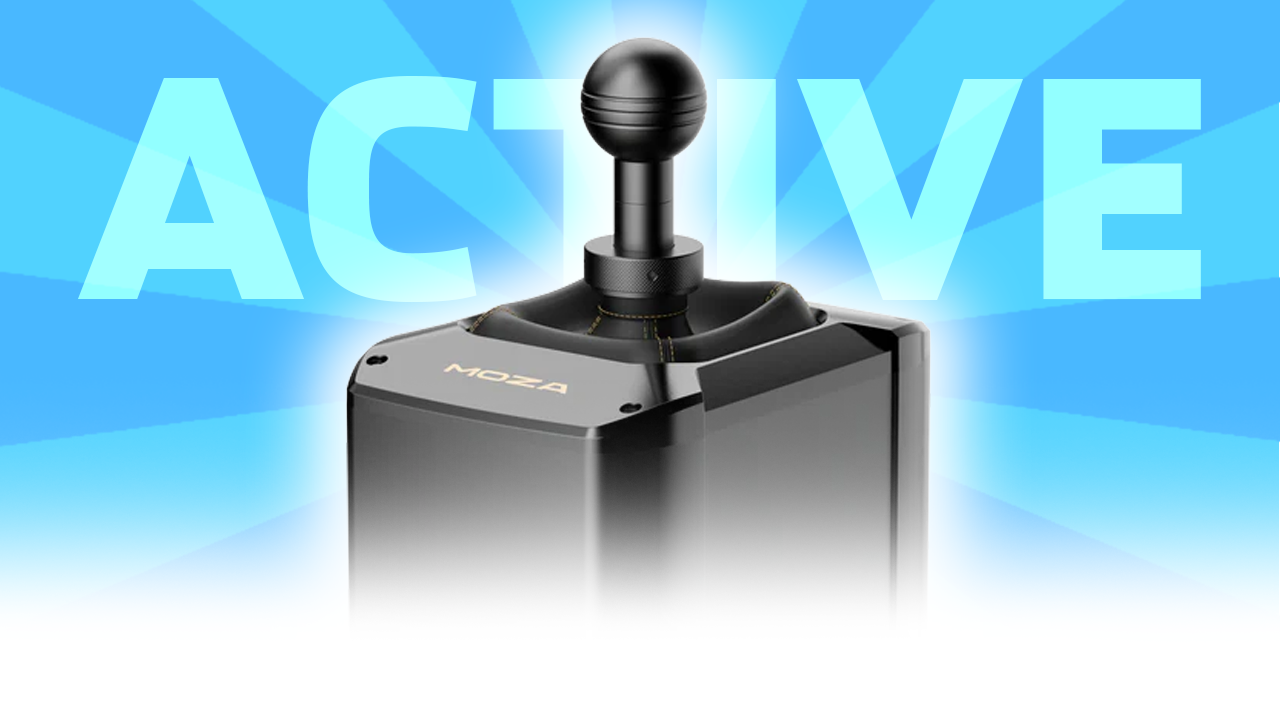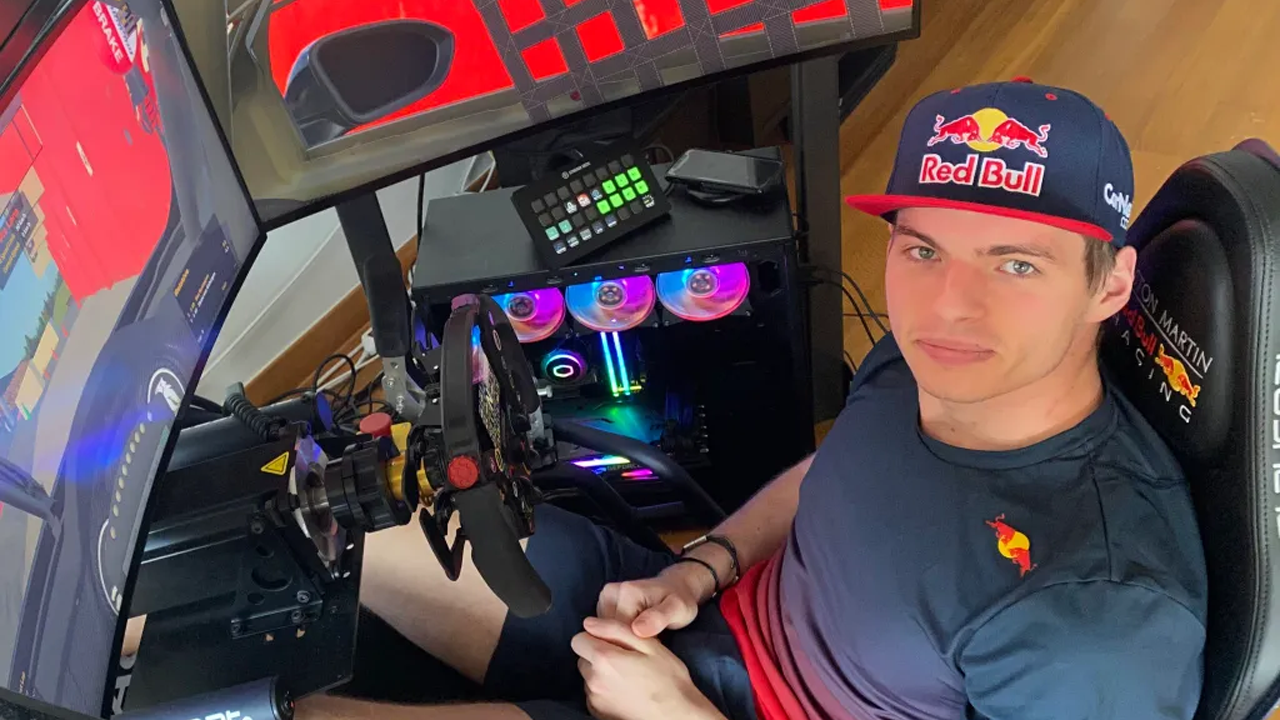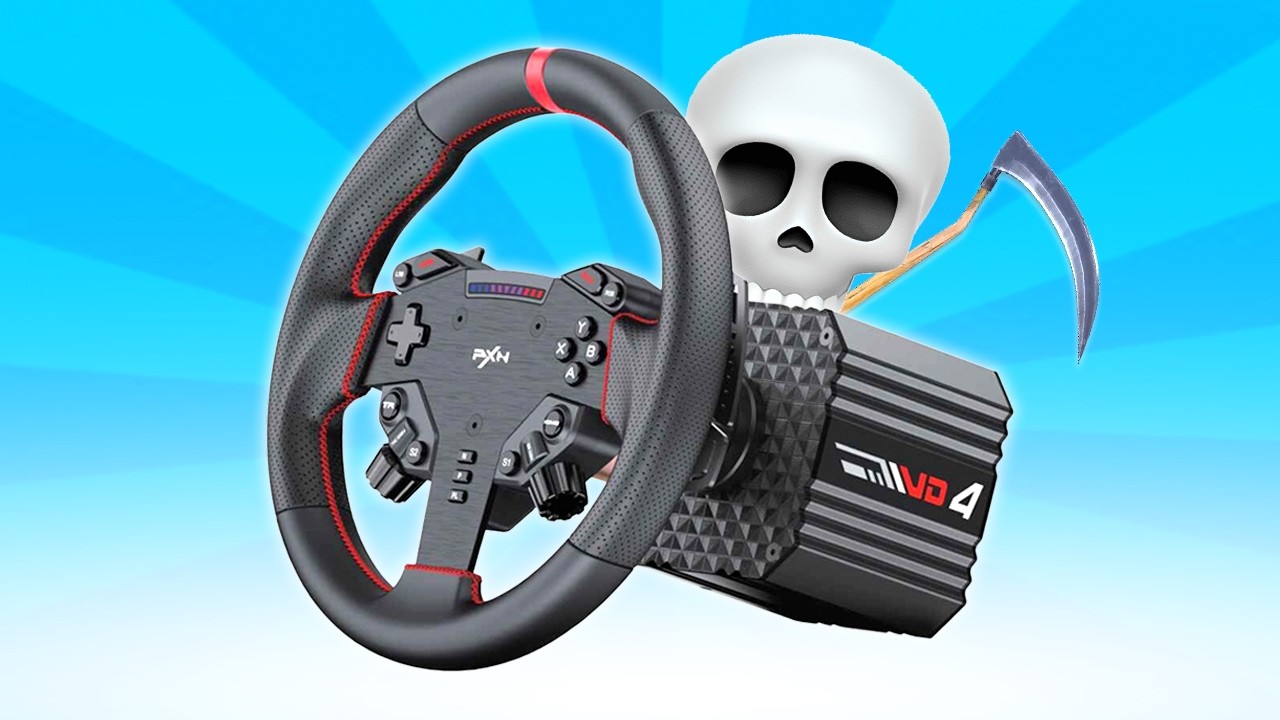
Undoubtedly, the MOZA Active Shifter has been one of the most exciting sim racing product releases this year. As the name suggests, it is a sim racing shifter with force feedback, intended to provide maximum realism with effects such as gear lockouts, vibrations, mechanical resistance, and grinding effects. All of this is delivered at the palm of your hands and all according to the telemetry of the game. Despite how unique this product is and how groundbreaking you would expect it to be, Moza silently released it with no real coverage among reviewers and no substantial talk about it online. In fact, this product was not sent to me by Moza. Instead, it was sent by Apevie Simulator, a sim racing distributor based in California, offering a huge lineup of brands and specializing in distributing to and providing customer care for US-based customers. You can check out Apevie Simulator’s huge selection of products using the link in my video description and enjoy 5% off using code OCRACING at checkout. With that said, I have now had the Moza Active Shifter set up on my simulator for several weeks and I have come to understand why Moza has been so quiet about it.
You see, this Moza Active Shifter is actually just their AB9 flight simulator joystick. Yes, this device, which was primarily developed for their flight sim ecosystem, is something Moza realized could also work as a sim racing shifter. Paired with the forty dollar shifter knobs and by selecting shifter mode in the Moza Pithouse software, this $550 dollar AB9 base transforms into a shifter. The interesting thing here is that there are no physical lockouts or gears because everything is controlled via two servo motors working together to create resistance. What this means is that with a single click of a button, you can change things like the resistance of the shifter, the notchiness, the spring feel, and more. Even cooler, with a single click of a button, you can completely change the gear layout. Say you want a car with five gears, or six gears, or seven gears, all of that can be changed in seconds, even switching between H-pattern and sequential modes.
Something that is also unique to this Moza Active Shifter and one of its biggest drawbacks is its size and weight. Coming in at over twelve pounds and with a large and bulky design, mounting this requires thoughtful planning and consideration. Regarding its design, however, Moza has done a great job at making it feel like the premium product it is. The entire housing is made from aluminum alloy, the boot is made from a premium faux leather material, and subtle gold accents paired with the fully metallic shifter knobs make this feel exceptionally good. Unfortunately, I cannot say the same about this product’s current on-track performance.
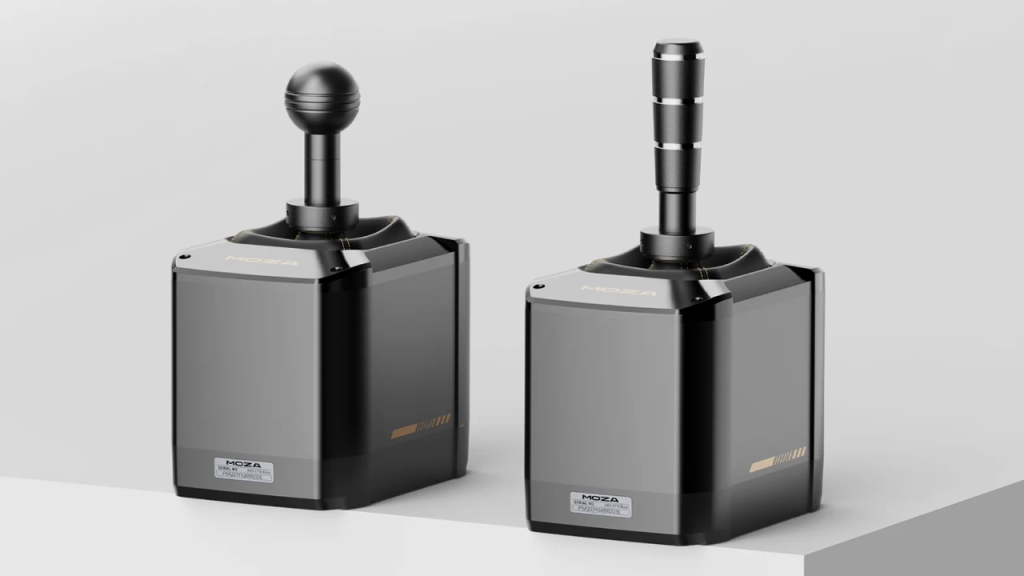
As you could probably guess, the actual performance of this essentially fully robotic sim racing shifter depends almost entirely on two things. First, how well Moza’s software is optimized for it, and second, how accurately each sim racing title’s telemetry communicates with it. Right now, several months after release, both still feel half-baked. On Moza’s end, there are a few core issues. For starters, the shifter does not return to the central neutral position on its own at all. Once you pull it out of gear, it just sits wherever you left it until you manually center it yourself. That might sound small, but for something meant to replicate mechanical realism, it is a major flaw and one that causes frequent mis-shifts. The virtual gears also feel vague and poorly defined, and when you increase the number of gears, the spacing between them becomes so tight that it is almost impossible to bind each gear in-game without errors. Another drawback is that once in gear, no matter how much you tweak the resistance or notchiness settings in the software, the lever still moves side to side with noticeable play, even in sequential mode, which breaks immersion completely. Lastly, there is no reverse lockout function at all, which is a surprising omission for a product positioned at this level and price, and another clear sign that Moza still has work to do on the software and mechanical tuning front.
Now on the in-game telemetry side, unfortunately, more problems persist. A lot of the functionality advertised by Moza, such as gear grinding and shifter vibration, simply is not supported by major sim titles, meaning that these effects do not actually work. In Assetto Corsa, iRacing, American Truck Simulator, and others, experiencing gear lockouts or kickback from bad shifts has no compatibility at the moment. The functionality of this active shifter at its current state is very limited. From my experience, the functionality is limited to slightly adjusting the resistance, changing shifting configurations, and that is about it. I spent hours playing with the software across different titles and different cars, and many of the Pithouse software settings had little to no effect on what I was actually feeling.
It is worth stating, however, that even though the adjustability is limited, the actual feeling of shifting through the gears is decent. There is a noticeable amount of resistance, the travel of the gears feels comfortable, and overall this shifter gives a noticeable mechanical feel to shifts in H-pattern mode. In my opinion, on the sequential front there is still a lot of work to do. It does not feel very tactile at all and instead feels extremely spongy, no matter the adjustments made in the software.
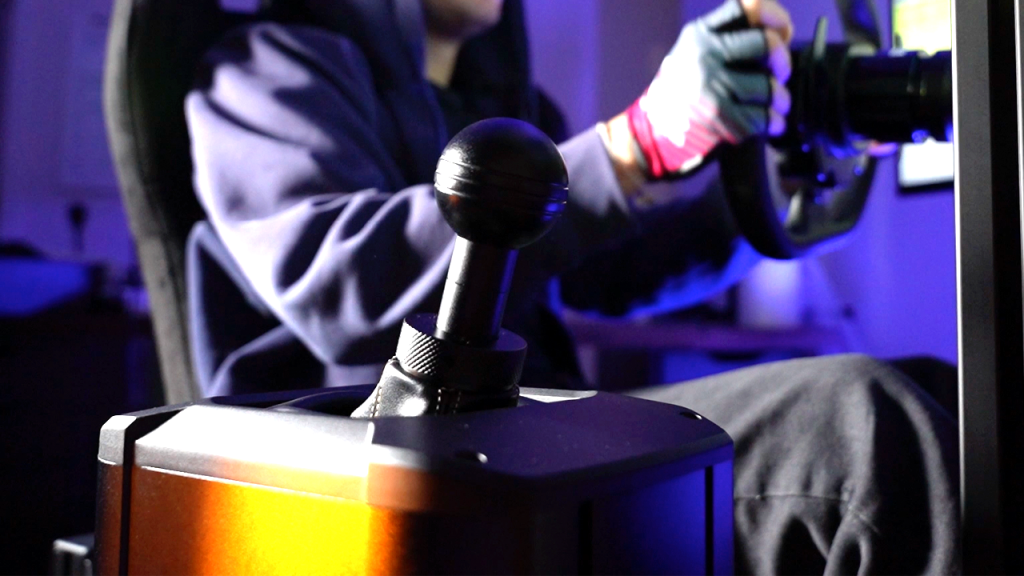
All of this being said, I still think it is genuinely impressive that Moza is offering this product as both a flight stick and an active sim racing shifter. The ability to repurpose the same base for two entirely different experiences is not only efficient from an engineering standpoint but also shows how far Moza is willing to push modular and adaptive hardware design. Few companies in this space are experimenting with multi-purpose peripherals that can cross between simulation genres, and in that sense, Moza deserves a lot of credit. Moreover, the concept of a force-feedback shifter that can change resistance, simulate mechanical notches, and adapt to game telemetry is a groundbreaking step toward the future of sim hardware. When you consider the price, around five hundred fifty dollars for the base and forty dollars for the shifter knob, it is actually very competitive. Most high-end mechanical shifters like the Pro-Sim H or the BDH SHH cost double the price, yet they do not offer any of this adaptive control or software-driven flexibility. The Moza Active Shifter has the potential to compete directly with those premium products while bringing features none of them can match in theory. The idea that you can fine-tune resistance, adjust gear configurations, and switch between H-pattern and sequential modes at the click of a button is something enthusiasts have wanted for years, and Moza is one of the first brands to truly attempt it.
The problem, however, is that the technology feels unfinished. Right now, the experience is more like a fascinating prototype than a refined retail product. The foundation is excellent. The materials are premium, the servo feedback has promise, and the construction quality is top-tier, but the execution through software is not there yet. The telemetry integration needs to be improved, the feedback mapping across games needs consistency, and the overall mechanical logic behind the shifting simulation still feels rough around the edges.
Still, I genuinely believe all the right components are already in place. The hardware is powerful enough, the concept is innovative, and Moza clearly has the resources and vision to make this work. What this product needs now is time, firmware updates, and proper game support. If Moza can deliver that, the Active Shifter could easily become one of the most advanced and immersive sim racing peripherals on the market. But for now, it remains more of a brilliant idea than a finished product. It is something that excites you with its potential, but it is not something I can fully recommend just yet.


